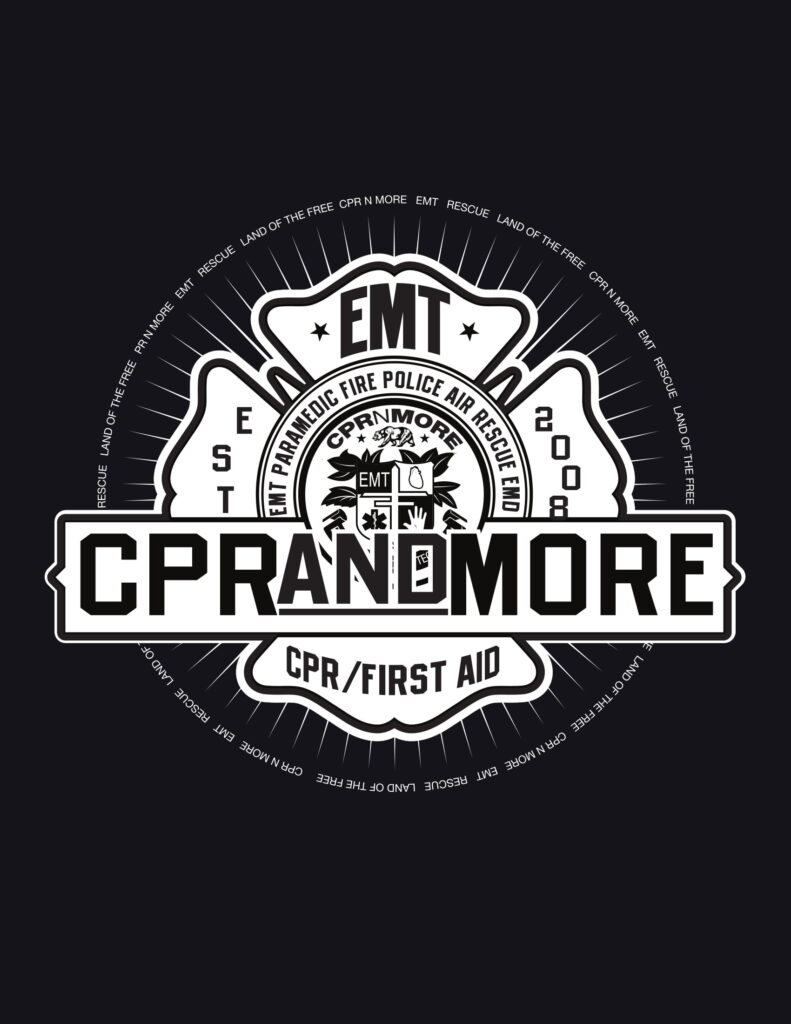Carbon monoxide (CO) poisoning could occur within minutes of exposure and is associated with various threatening health risks. Protect yourself and your family from carbon monoxide poisoning as well as inform yourself of the threats and effects that could present themselves.
How Carbon Monoxide Affects our Bodies
Carbon monoxide is extremely similar to oxygen in the way that it binds to hemoglobin. Hemoglobin is a red protein in your blood that transfers oxygen. Carbon monoxide enters the bloodstream through the lungs and when bound to your hemoglobin blocks oxygen from beings transported through your system. Even if there is sufficient oxygen in the bloodstream, the binding rate of CO to hemoglobin is 210 faster. As you could imagine, the lack of oxygen to your brain and heart can cause irreversible damage including suffocation, damage to nerve tissue and brain cells, and quite possibly death.
Symptoms of Carbon Monoxide Poisoning and what to do
After being exposed to carbon monoxide, it’s common to start experiencing symptoms such as nausea, headaches, confusion, dizziness, and fatigue. Prolonged exposure can lead to vomiting, loss of consciousness, breathing difficulties, and death. Since these symptoms are so general, misdiagnoses are common and CO poisoning should be taken into account when experiencing any related symptoms.
Once you are experiencing symptoms, and more urgently if others in the household are experiencing symptoms of CO exposure, you should evacuate to the nearest source of fresh air. Whether that be the nearest window or outside away from the house. Your second plan of action should be calling your fire department for assistance. At that point your house is not a safe environment and professionals equipped to handle these situations can help you determine the next step in this situation. You and your family’s safety should be your primary concern.
You might be asking yourself, if I suffer a carbon monoxide leak, what will happen to me? Are there any lasting effects of CO poisoning? Individuals who lose consciousness could suffer repercussions for multiple weeks. These include exhaustion, headaches, trouble thinking clearly, and recalling memories, as well as irritability. Recovery time can vary and can be a struggle. If you suffer from CO poisoning you could have lifelong symptoms caused by permanent brain and organ damage.
Sources of Carbon Monoxide in the House
You should always be informed of where sources of carbon monoxide are in your house. These consist of cars in attached garages, appliances such as gas stoves, space heaters, furnaces, and even house fires. Combustion appliances (appliances which burn fuel for heat and similar purposes) are the most common causes of CO leaks which include space heaters, furnaces, gas water heaters, fireplaces, and other gas-burning appliances. Incorrect usage and or venting of these appliances can result in hazardous amounts of carbon monoxide exposure.
What you can do to Defend against Carbon Monoxide
It’s always better to be proactive as opposed to reactive. Defense measures you can take for your family are, first and foremost, having carbon monoxide alarms equip in your household. Carbon monoxide detectors, which are supposed to protect against high concentrations of carbon monoxide, must sound the alarm if the concentration is above 100 ppm. For example, a detector that sounds an alarm in an air-conditioned room at a concentration of 1,000 ppm or higher requires a detector with a capacity of 2.5 milligrams per liter. Appliance and system breakdown is unpredictable, having an extra line of defense such as CO detectors can prevent tragedy as well as give you the peace of mind that your family is safe from being poisoned. Having an alarm on every floor of your house and near sleeping areas is an optimal defense plan.


